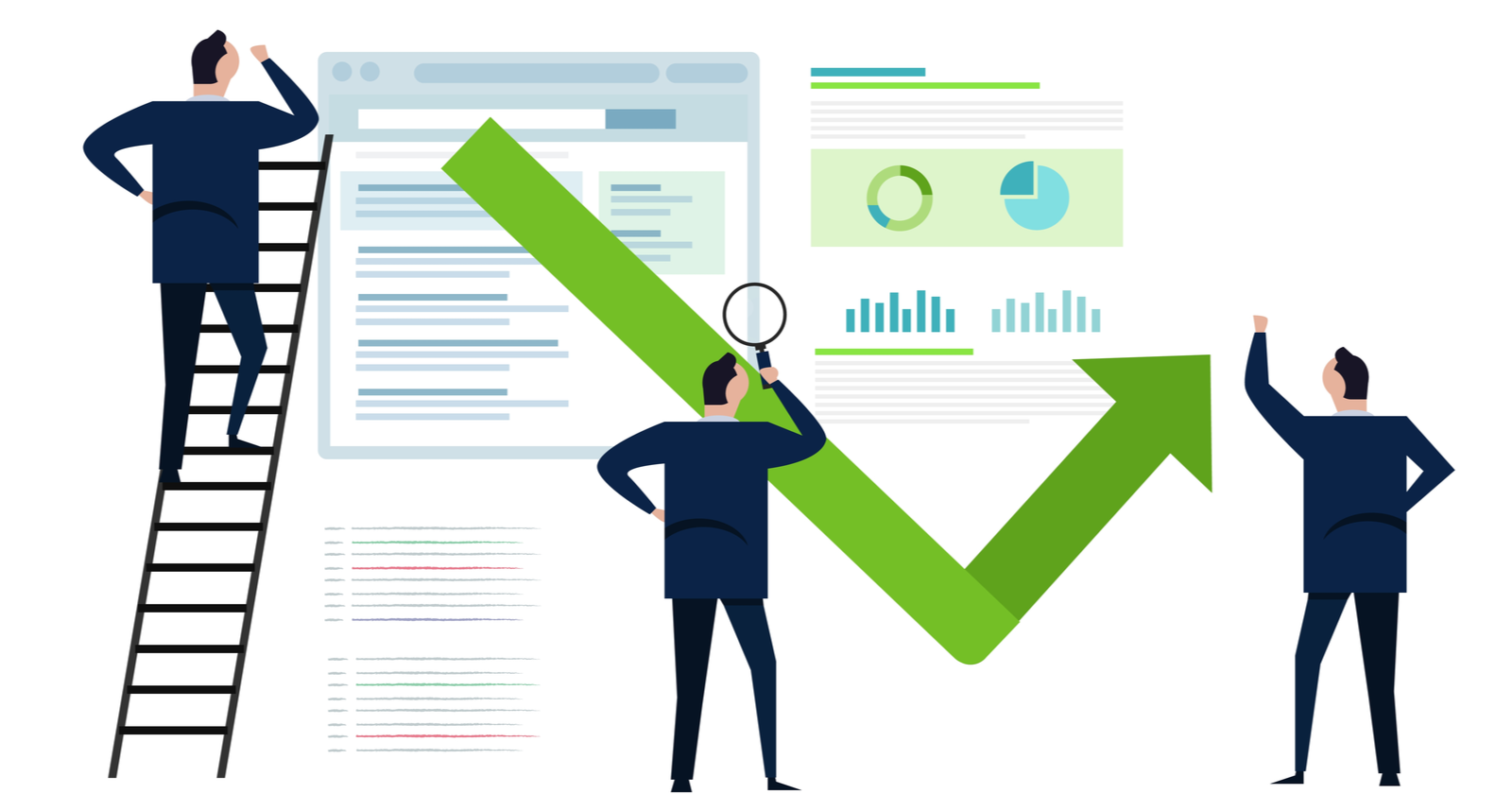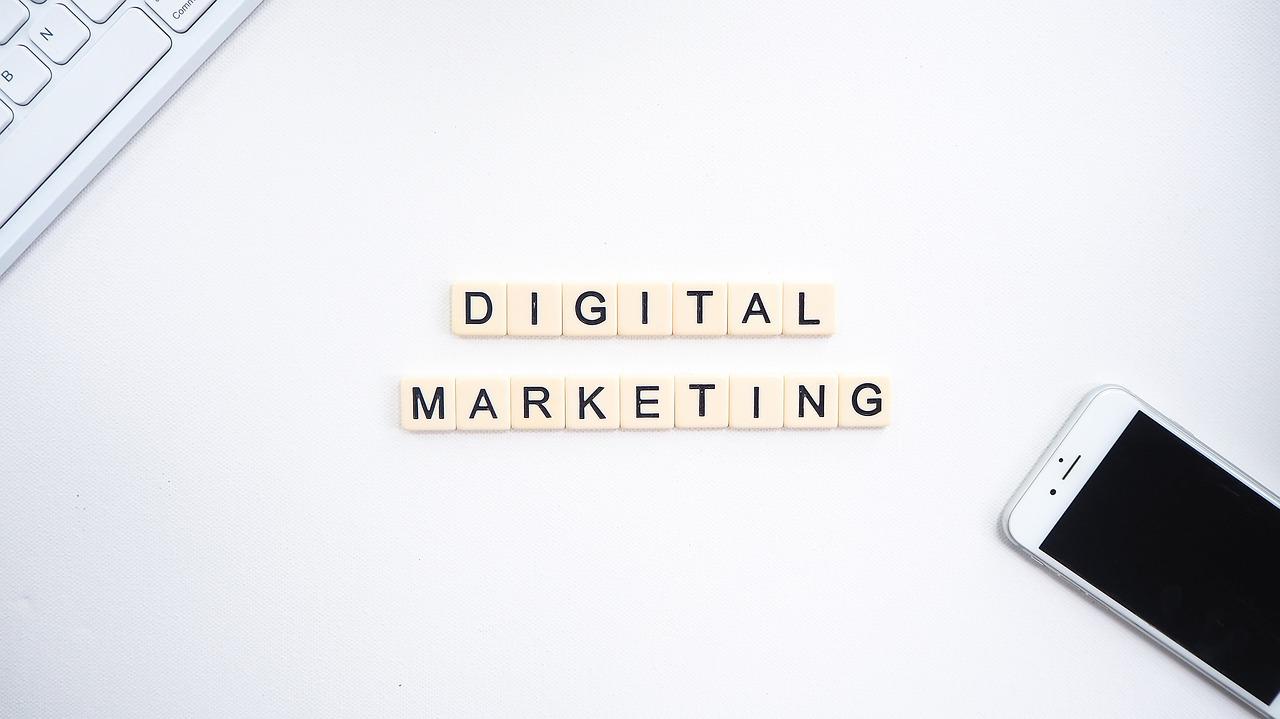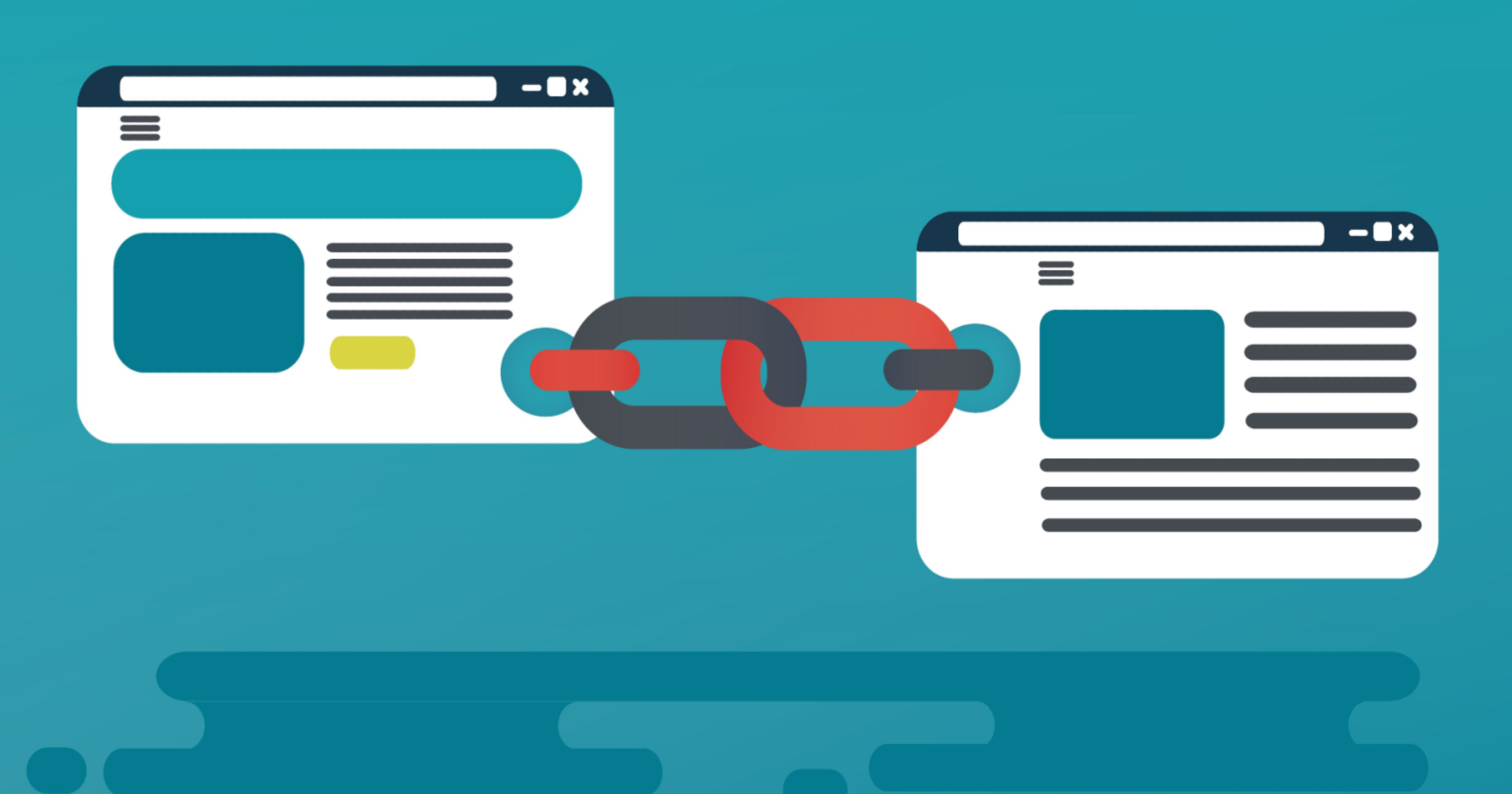Data Modernization with Azure: Migrating and Modernizing Legacy Databases
Did you know that over 70% of businesses struggle with outdated data systems, leading to inefficiencies and missed opportunities? This is where Azure application modernization can help your business. Azure Consulting Services offers advisory services to ensure that the...

Did you know that over 70% of businesses struggle with outdated data systems, leading to inefficiencies and missed opportunities? This is where Azure application modernization can help your business. Azure Consulting Services offers advisory services to ensure that the transition to using the services is seamless, while Azure Support Services addresses challenges that are likely to be encountered in the use of the services to avoid downtime.
Moreover, using Azure Cognitive Services can make your data more intelligent with AI and machine learning, which contributes to improving your business strategy and efficiency. This blog will guide you through Azure migration awareness, the steps of migrating and transforming on-premises databases, and how Azure provides everything one needs.
Understanding Azure Application Modernization
Azure application modernization is all about improving legacy, complex, and outdated applications and databases and then optimizing them for updated and advanced technologies.
Benefits of Modernization
Modernizing your applications with Azure brings a multitude of benefits that can significantly impact your business.
Increased Efficiency: Conventional web-based applications can be faster and more interactive in today’s cloud-based world. They are efficiency tools that help to cut steps, reduce time, and enhance total production. Just imagine all the systems in your company performing at their best, and you don’t need to worry about updating them regularly.
Scalability: Another significant strength of Azure application modernization is scalability, which allows expanding the service. That is why, no matter if you have numerous clients at the moment and your business is growing rapidly or you have many orders only during certain periods of the year, Azure can quickly scale up or down.
Enhanced Security: Azure also touches on security and compliance, where your data is protected by fortified security measures and is in compliance with various certifications. The purpose of the purpose of the cloud environment is to safeguard against threats and guarantee data security, which is in great demand in today’s world.
Migrating Legacy Databases to Azure
Traditional databases are typically the foundation of many established enterprises, which provide indispensable information collected over years – at times, decades. These systems, though, are vulnerable to becoming less effective, more cumbersome, and more challenging to manage as the world advances in technology. This is why migration is essential for your business.
Steps to Migrate
The migration process of your old databases to Azure is not arbitrary but rather follows a comprehensive plan. Let’s break down the key steps:
Assessment
The first point of concern during the migration process is to evaluate your existing database environment. This entails a complete identification of your current databases, how their databases are structured, and if they are dependent on any other databases.
Planning
After you understand the current state that you are in when it comes to your environment, the next thing that you will need to do is come up with a good plan on how to migrate.
Execution
When you have your migration strategy right, you are ready to implement the migration process. This involves migrating your data from the current information system to the Azure platform. Azure migration tools come in handy here, more so when migrating to another region.
Testing
Once the data is moved into the new systems, it is important to run several tests to confirm that all systems are in order. This step entails ensuring that all the data in the application is correct, that the application performs as intended in the new environment, and that all the functionalities are working as designed.
Optimization
The last of the four phases of the migration process is the optimization phase. This involves optimizing the new database environment for optimal performance of the intended operations. Optimization can comprise tweaking aspects such as settings, proportionality, and other parameters of use as well as employing best practices in the process of maintenance and monitoring.
Modernizing Databases with Azure Cognitive Services
Imagine a system that turns your database from a simple data repository into a strategic resource actively facilitating the decision-making process. This is the exact promise that Azure Cognitive Services can deliver to your business. These are several APIs, SDKs, and services that are provided by some companies to developers to make their applications more intelligent and interactive.
AI for Databases: Machine Learning Techniques
It is extremely important to learn how to work with Azure databases; implementing Azure Cognitive Services can transform the way you manage and analyze your data. For instance, let’s assume that the database contains customers’ opinions or suggestions. Historically, it would require a human to go through these messages and sort them out based on the feedback, which is often tedious and inaccurate. There are still some that can be done automatically by utilizing Azure Cognitive Services. The feedback entries can be reviewed in a very short time so that the application can point out the majority opinion and its tone, enabling you to keep track of customer satisfaction in real-time.
In addition, there is another approach in machine learning where the model can analyze past data to be able to predict the future. For example, information about the previous purchases of a customer on an e-commerce platform can help establish which products may interest the particular customer, thereby aiding in the development of a suitable marketing message in the process. As you learn how to control data and make it work for you, decision-making and problem-solving can be done independently, patterns that are not easily identified can be discovered, and time to market can be shortened.
Ensuring a Smooth Transition with Azure Support Services
Moving your data and applications to the cloud can sometimes be a challenging task, but with Azure Support Services, we have the client covered.
Ensuring business continuity
Here are some tips to ensure business continuity during your migration:
Plan Ahead: Further, in compliance with your Azure Consulting team, it will be essential to create a detailed plan that will include all phases of migration.
Test Thoroughly: Before performing the migration in a production environment, perform the testing in a testing/QA environment.
Schedule Wisely: Timing: It is recommended that the migration be done during a time of low usage of the website or system so that the impact of the migration can be minimized.
Communicate Clearly: Any changes related to the migration should also be communicated to all the stakeholders to prevent any inconveniences.
Wrap-Up
Application modernization within Azure and the use of Azure Cognitive Services is a strategic solution that can help enhance your business. In any case, it is evident that the advantages are numerous and that they can help to improve the companies’ operations in various aspects: customer understanding, decision-making based on data analysis, or better-performing internal processes. So why wait? Avail of our Azure consulting and Azure Support Services today and begin your modernization process with Azurе to explore the capabilities of your data.

 UsenB
UsenB 











![How I Built 5,660 Backlinks in 30 Days [New Strategy]](https://api.backlinko.com/app/uploads/2022/04/how-i-built-5660-backlinks-in-30-days.png)


















